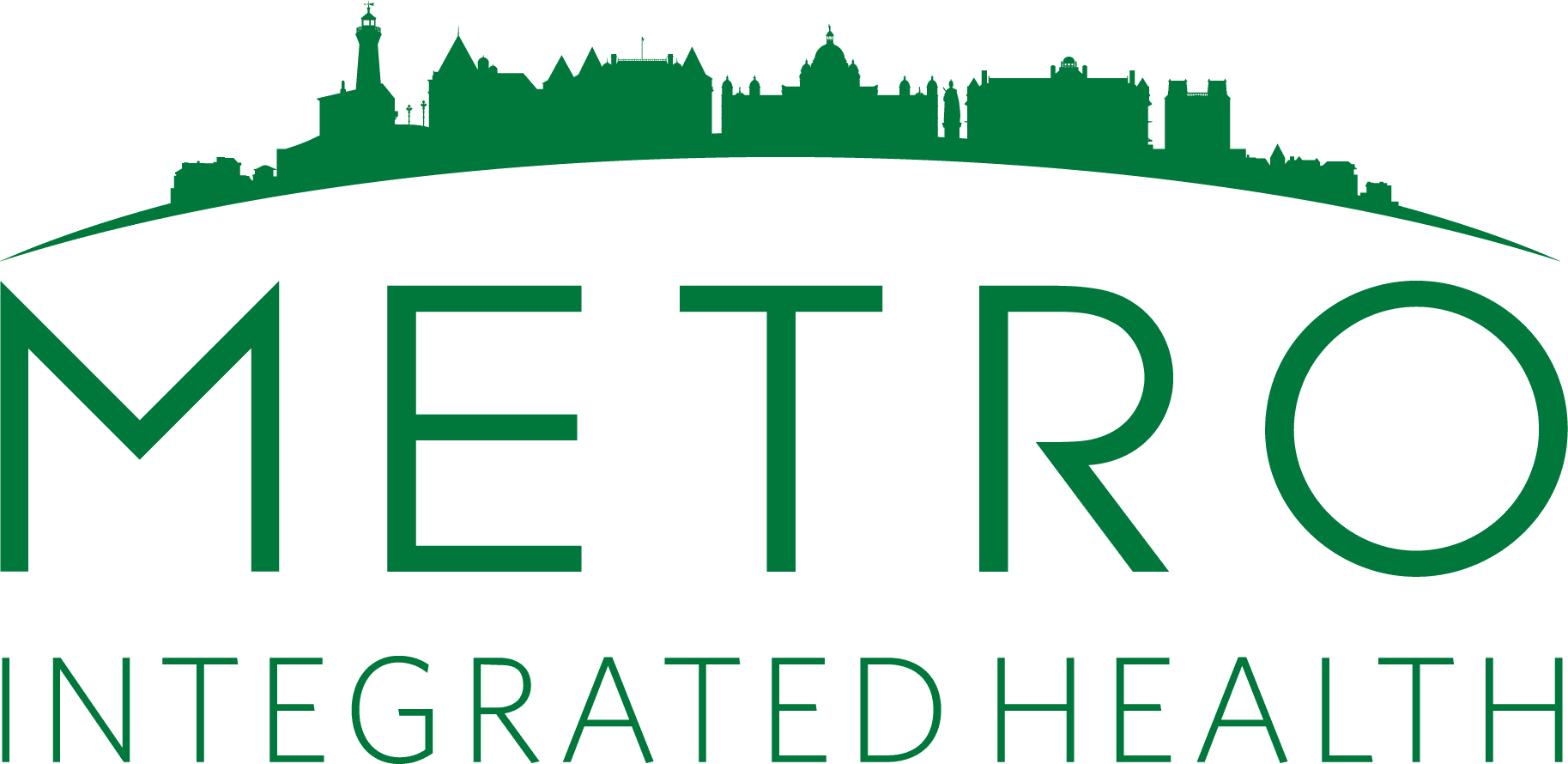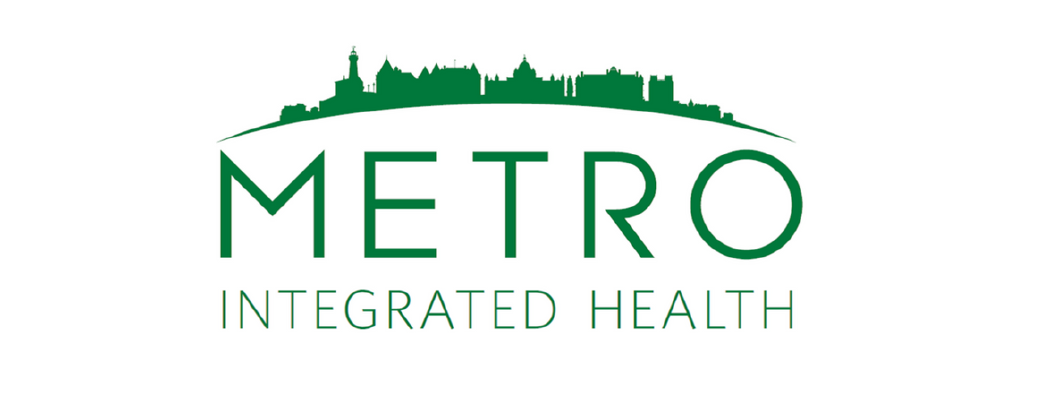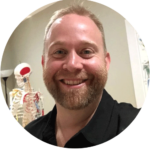About
Osteopathy
Osteopathy is a holistic form of manual therapy and adjustment, where the body is viewed as a whole, integrated, dynamic unit of function, requiring all tissue and structures to be aligned properly together to allow for optimal function and health.
Through gentle manipulations, osteopathic practitioners work to remove obstructions that restrict the proper flow of blood, lymphatics and nerve impulses within the body, restoring the proper and natural balance to these systems. Osteopathy provides a safe, natural, and non-invasive treatment tailored to the individual; no two treatments are ever the same.
Osteopathy is also a skill, mindset and thought process. Its foundation is the axiom that the body is a self-regulating, self-healing dynamic unit of function. All parts and systems of the body are interconnected and interdependent on the others. An Osteopathic Manual Practitioner uses their hands to assess structures such as bones, muscles, fascia and joints, and using their extensive knowledge of anatomy and physiology, interprets the position, mobility and quality of these components. Adjustments are made to improve the flow of blood, lymphatics and nerve impulses; improving the qualities of circulation, mobility and constitution. Successful osteopathic treatment can lead to a reduction of restricted mobility, stiffness and pain.


